The Cheapest Way to Exchange Currency for International Trips
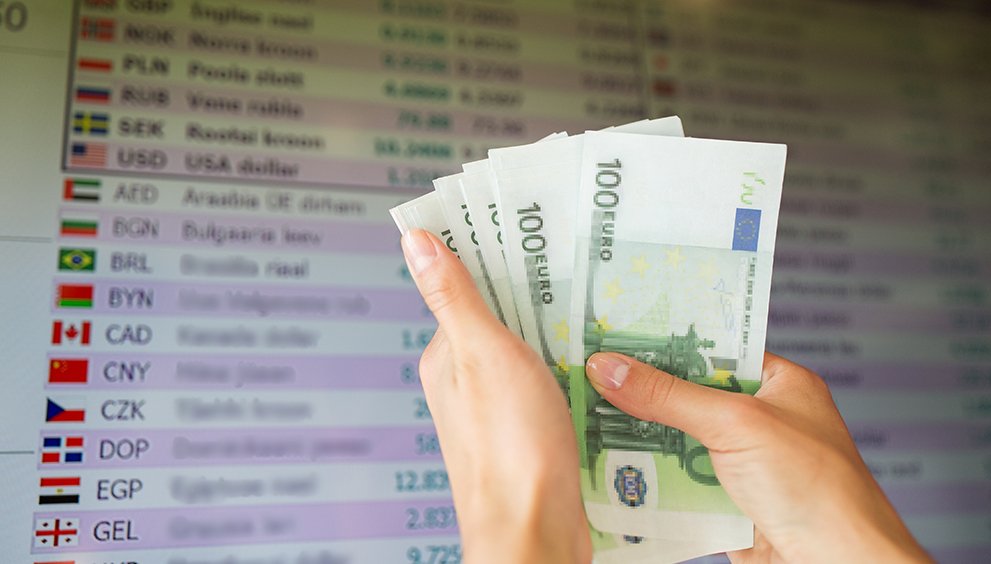
Planning an international trip involves a lot of details, from booking flights to creating your itinerary. But one aspect travelers often overlook is how to exchange currency without breaking the bank. The truth is, currency exchange can be riddled with hidden fees, inflated rates, and poor deals if you don’t know where to look.
Fortunately, with the right strategy, you can minimize costs and make your money go further. In this guide, we’ll explore the cheapest ways to exchange currency, highlight common pitfalls to avoid, and share actionable tips to stretch your travel budget.
1. Know the Real Exchange Rate (Mid-Market Rate)
Before diving into where to exchange money, it’s crucial to understand the mid-market exchange rate. This is the “true” rate used by banks when trading currencies with each other. It’s often the best rate available and serves as the benchmark for comparing what you’re offered.
You can check the mid-market rate on tools like XE Currency or OANDA. By knowing this rate, you can spot providers offering inflated rates and avoid overpaying.
Tip: Bookmark a currency converter app on your phone so you can easily calculate conversions during your trip.
2. Use a Credit Card with No Foreign Transaction Fees
Credit cards are one of the cheapest and most convenient ways to pay for purchases abroad. Many credit card companies use rates close to the mid-market rate, and some even waive foreign transaction fees.
Why This Works:
- Credit cards typically offer better exchange rates than currency exchange counters or ATMs.
- No need to carry large amounts of cash, making it safer and more convenient.
- Many cards come with travel rewards or perks, such as points, cashback, or insurance coverage.
How to Choose the Right Card
Look for credit cards that charge no foreign transaction fees, such as:
- Chase Sapphire Preferred
- Capital One Venture Rewards
- American Express Gold Card
Tip: When paying with your card abroad, always choose to pay in the local currency, not U.S. dollars. This avoids dynamic currency conversion (DCC), which often comes with inflated rates.
3. Use ATMs Strategically
Withdrawing cash from ATMs in your destination country can be one of the cheapest ways to get local currency—if done right. ATMs typically provide better exchange rates than currency exchange counters or hotels.
How to Minimize ATM Fees
- Choose Bank-Affiliated ATMs: Stick to ATMs operated by major banks. Avoid standalone or privately owned ATMs, especially in tourist areas, as they often charge higher fees.
- Withdraw Larger Amounts: Instead of making multiple small withdrawals, take out larger sums to reduce the number of fees you pay.
- Use Fee-Free Bank Accounts: Some U.S. banks, like Charles Schwab and Fidelity, reimburse international ATM fees, making withdrawals abroad even cheaper.
- Notify Your Bank: Let your bank know you’re traveling to avoid unnecessary holds or fraud alerts on your account.
Tip: Avoid ATMs that offer to “lock in” the exchange rate for you—they often charge inflated rates.
4. Exchange Currency at Your Local Bank or Credit Union
If you prefer to have cash on hand before you leave, exchanging money at your local bank or credit union is often the most cost-effective option. Many banks offer foreign currency exchange services with competitive rates, especially for account holders.
Benefits of Using Your Bank
- Better Rates: Banks usually offer rates closer to the mid-market rate than airport or hotel exchange counters.
- Minimal Fees: Some banks waive fees for loyal customers or those with certain types of accounts.
- Convenience: You can order currency in advance and pick it up at your branch.
Tip: Not all banks stock every currency, so plan ahead. Less common currencies may take a few days to arrive.
5. Consider Online Currency Exchange Services
Online platforms like Wise (formerly TransferWise), Currency Solutions are game-changers when it comes to affordable currency exchange. These services allow you to transfer money at the mid-market rate with minimal fees.
Why Use Online Services?
- Transparent Fees: You’ll see exactly how much you’re paying, with no hidden costs.
- Competitive Rates: Online providers often beat the rates offered by banks and currency exchange counters.
- Flexibility: Some platforms, like Wise, let you hold multiple currencies in a digital wallet or send money directly to a foreign bank account.
Tip: If you’re traveling to multiple countries, services like Wise or Currency Solutions can help you manage multiple currencies without constant exchanges.
6. Avoid Airport Currency Exchange Counters
Airport currency exchange kiosks are convenient but expensive. They often advertise “no fees,” but they build their profits into poor exchange rates, meaning you’ll get less value for your money.
If you need cash urgently at the airport, exchange only a small amount to cover immediate expenses like transportation. Plan to find a bank or ATM once you’ve settled in at your destination.
7. Skip Traveler’s Checks
Traveler’s checks used to be a popular way to carry money abroad, but they’ve largely fallen out of favor. They’re less convenient than modern alternatives, and many places no longer accept them. Additionally, fees for purchasing and cashing traveler’s checks can be high.
Stick to a combination of credit cards, ATMs, and a small amount of cash for a more cost-effective solution.
8. Avoid Dynamic Currency Conversion (DCC)
When paying with a credit or debit card abroad, some merchants or ATMs may offer to charge you in U.S. dollars instead of the local currency. This is called Dynamic Currency Conversion (DCC), and it’s rarely a good deal.
Merchants often use unfavorable exchange rates and tack on extra fees for this “service.” Always choose to pay in the local currency to avoid these hidden costs.
9. Use Multi-Currency Travel Cards
Multi-currency travel cards, such as those offered by Wise or Currency Solutions, let you load money in multiple currencies at favorable exchange rates. These cards are particularly useful for travelers visiting several countries with different currencies.
Benefits of Travel Cards
- Lock in exchange rates before your trip.
- Easily manage and track spending through mobile apps.
- Avoid currency conversion fees for transactions in supported currencies.
Tip: Read the fine print to understand any fees associated with the card, such as reload fees or ATM withdrawal charges.
10. Plan Your Currency Needs Strategically
One of the easiest ways to save money on currency exchange is to plan ahead. Estimate how much cash you’ll need for your trip, considering expenses like transportation, tips, and small purchases.
Why It Matters
- Avoid Over-Exchanging: Converting too much cash upfront can leave you with unused foreign currency at the end of your trip, which may be costly to exchange back.
- Reduce Fees: By planning your withdrawals and exchanges, you can minimize the number of transactions and associated fees.
Common Currency Exchange Mistakes to Avoid
- Relying Solely on Airport Kiosks
Airport counters are convenient but expensive. Use them only for emergencies or small amounts. - Exchanging Large Sums at Once
While it’s good to have cash on hand, converting too much upfront can leave you stuck with leftover currency. - Ignoring Fees
Always ask for a breakdown of fees when exchanging money. “No-fee” providers often hide costs in their exchange rates. - Using Street Vendors
Unlicensed currency exchange vendors may offer attractive rates, but there’s a high risk of scams or counterfeit bills.
Final Thoughts
Exchanging currency doesn’t have to drain your wallet. By understanding how exchange rates work and using the right tools, you can save money and focus on enjoying your trip.
Here’s a quick recap of the cheapest ways to exchange currency:
- Use a credit card with no foreign transaction fees for most purchases.
- Withdraw cash from ATMs abroad, preferably from bank-affiliated machines.
- Exchange a small amount of cash at your local bank before leaving.
- Explore online platforms like Wise or Currency Soltuions for competitive rates.
- Avoid airport kiosks, dynamic currency conversion, and traveler’s checks.
With these strategies in hand, you’ll keep more money in your pocket for what truly matters—exploring, dining, and making unforgettable memories. Happy travels!


 English
English 



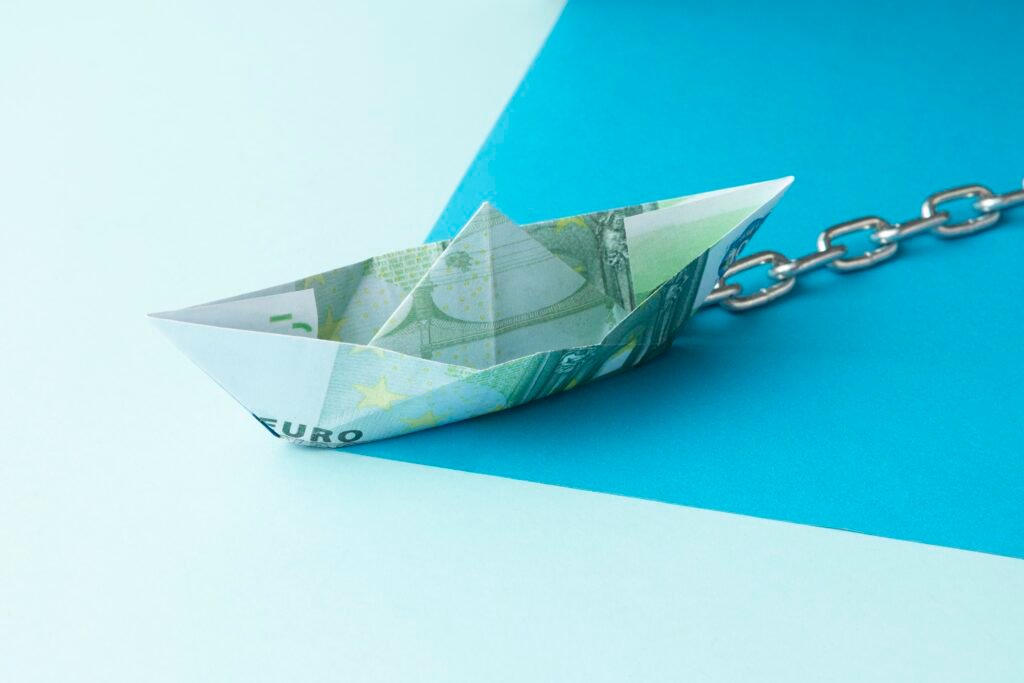






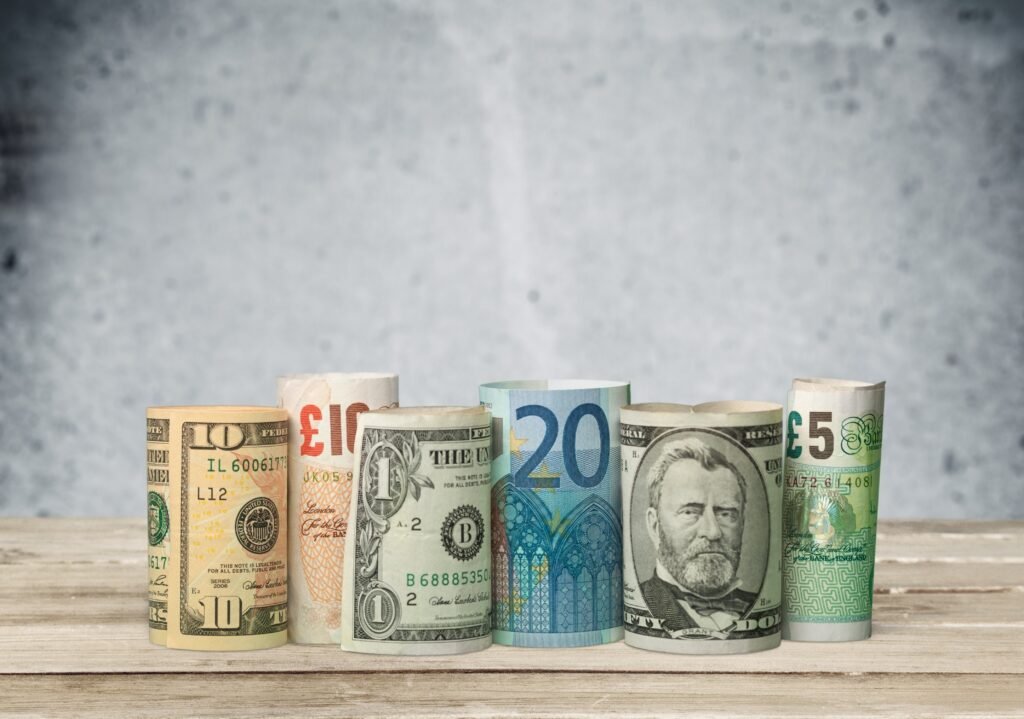


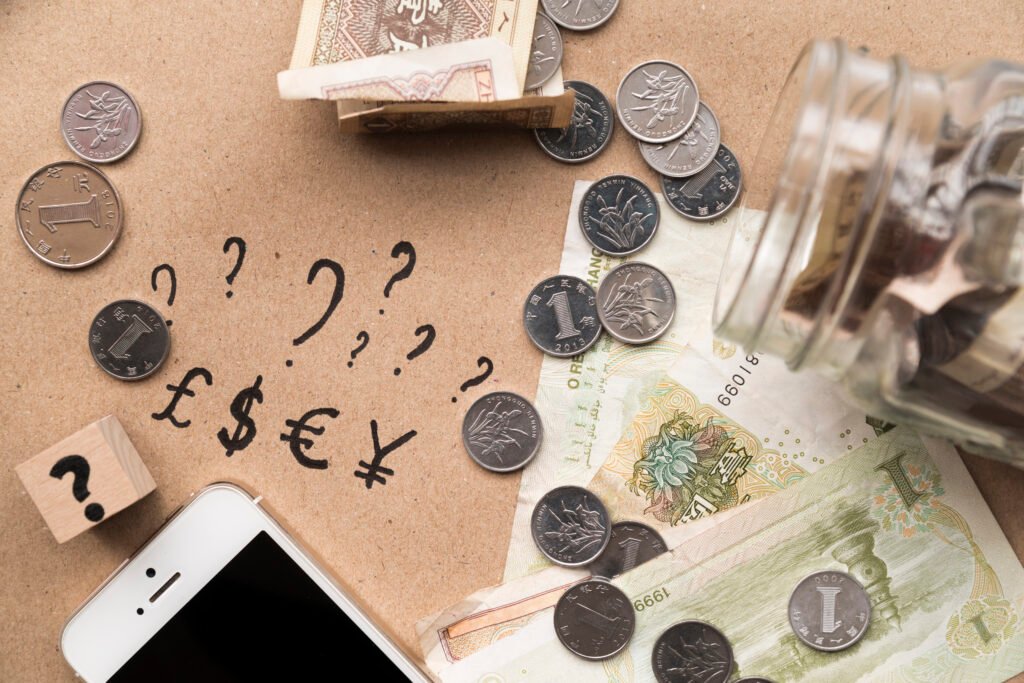









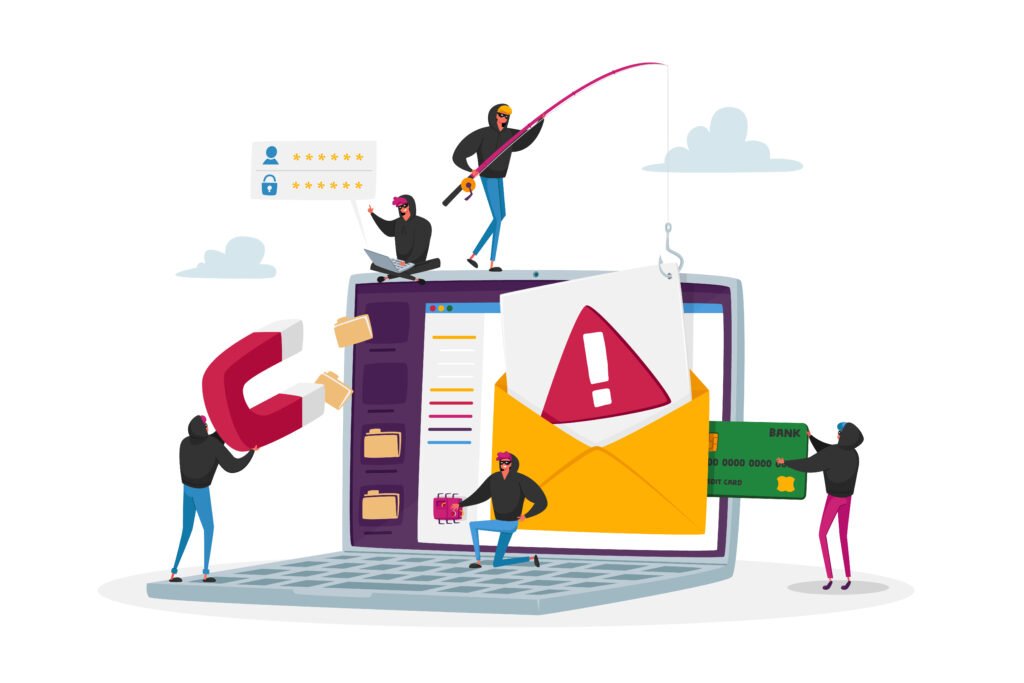

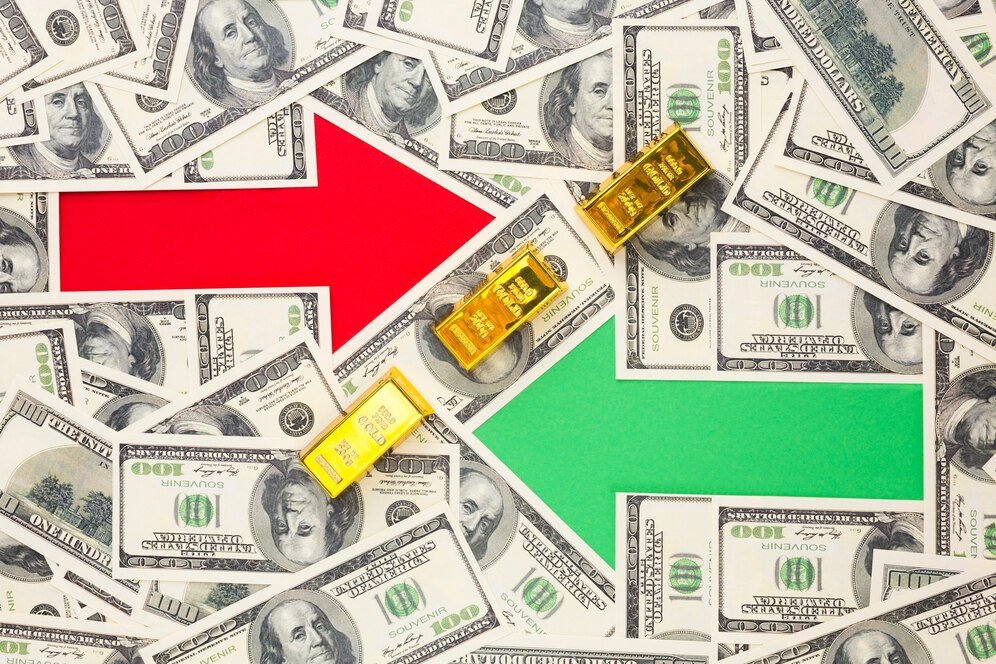

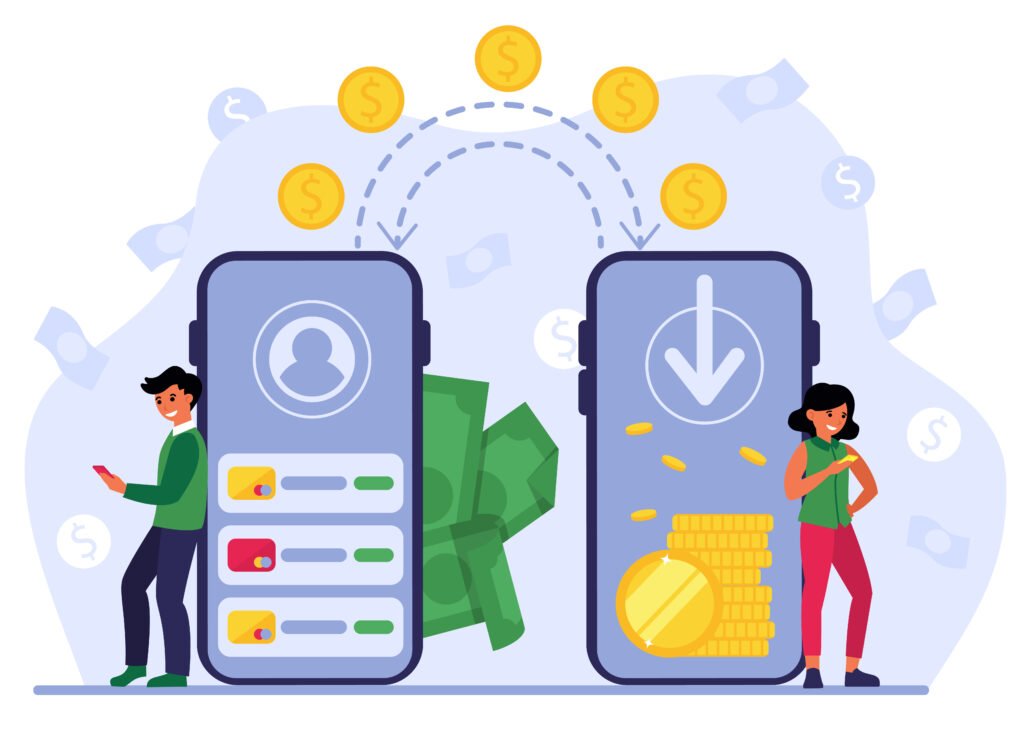



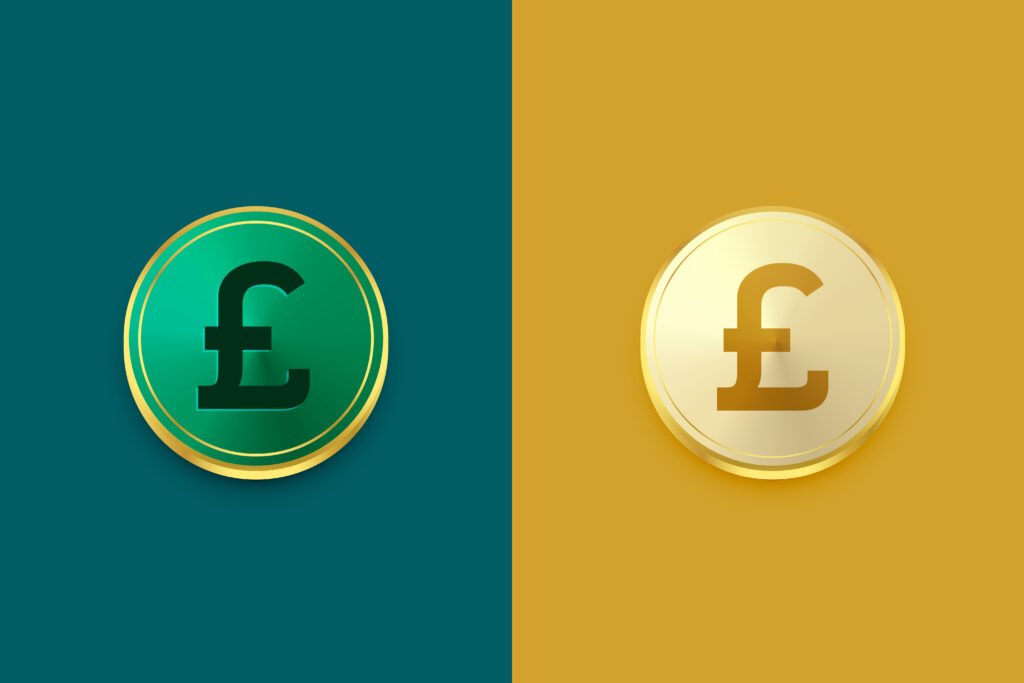








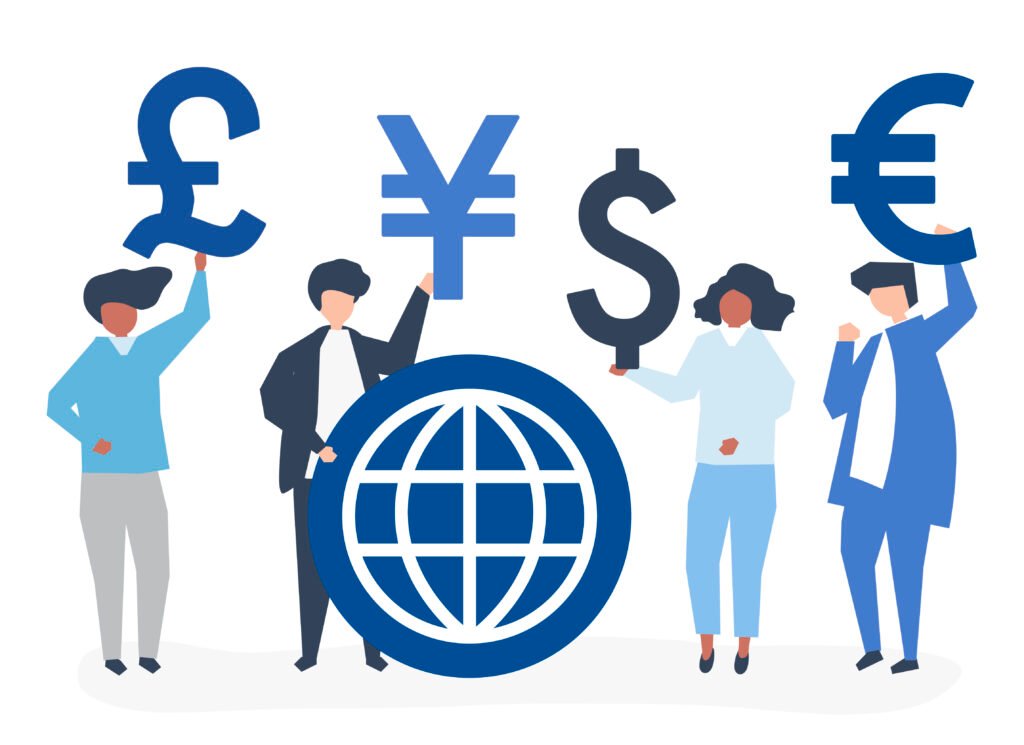


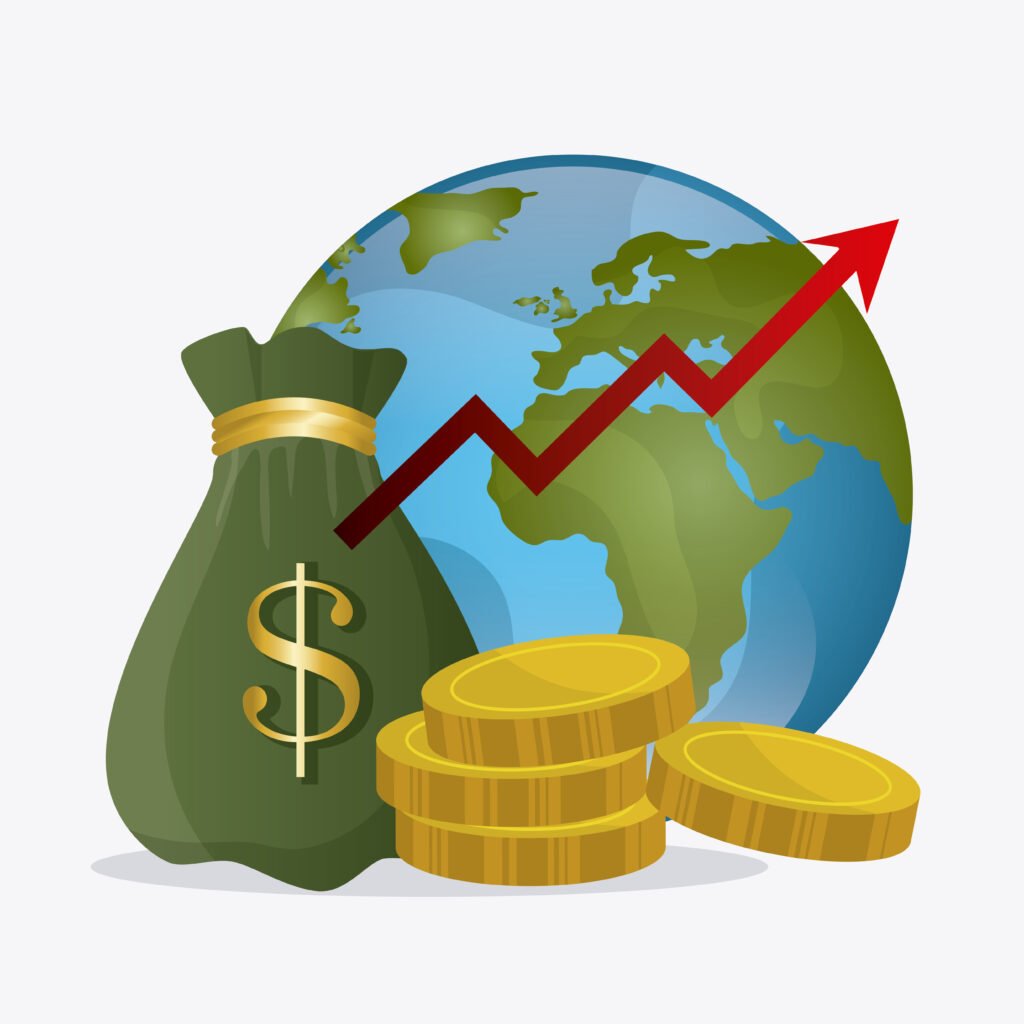


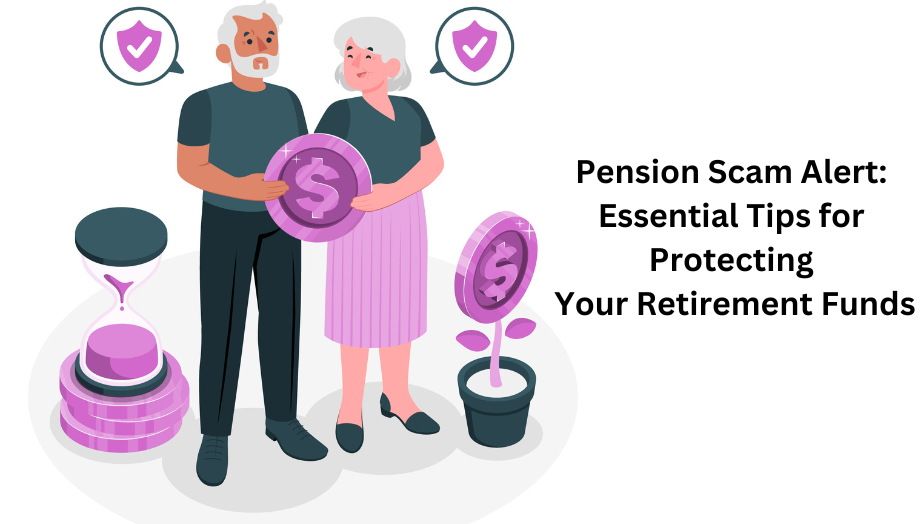



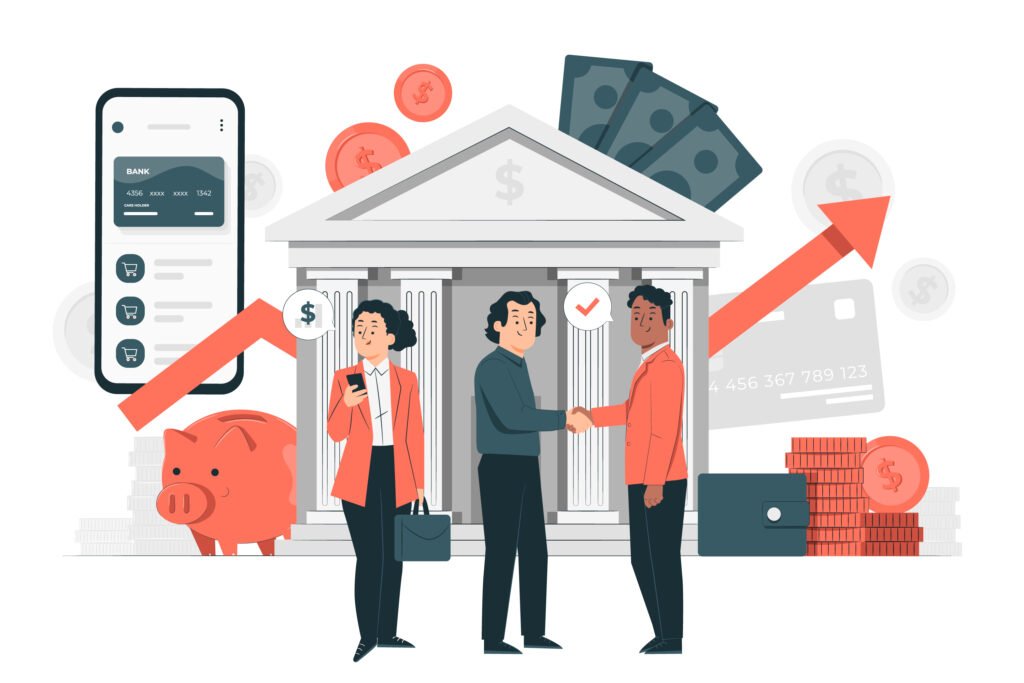








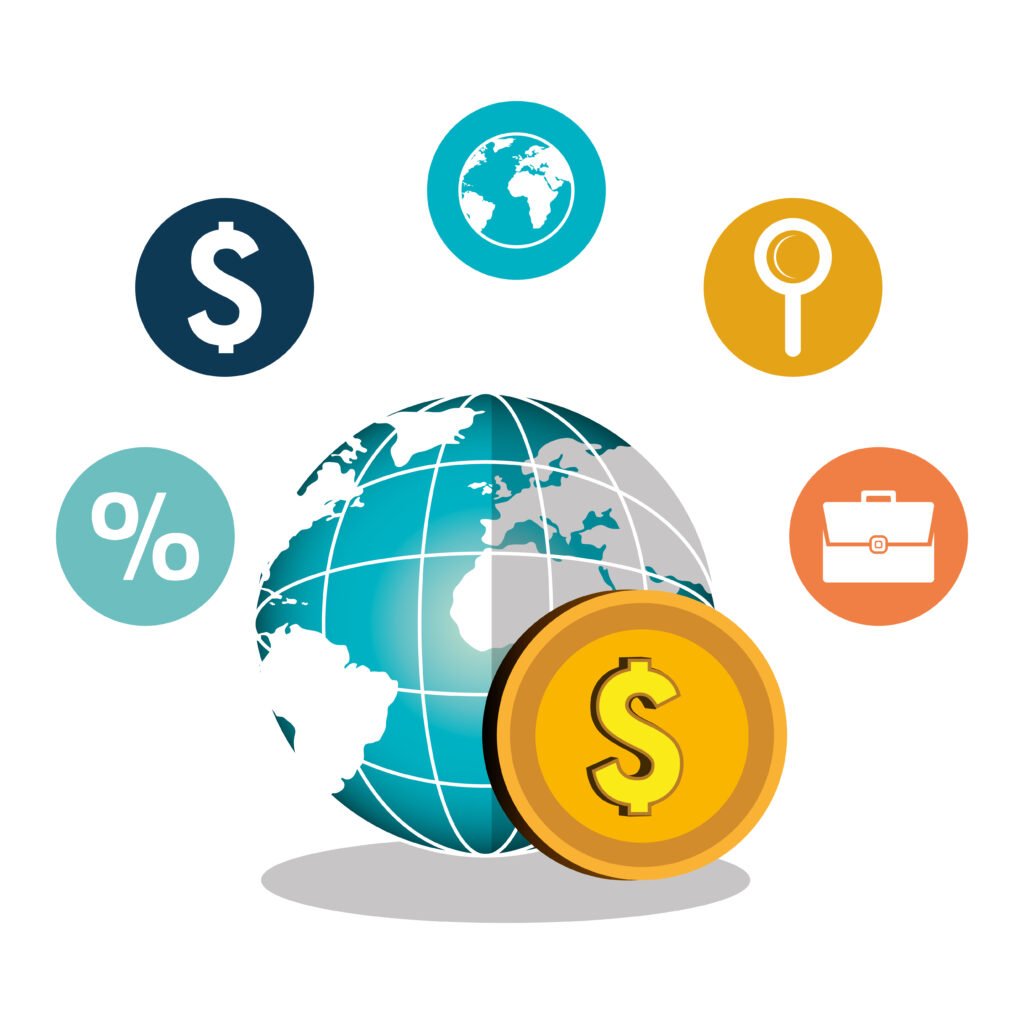
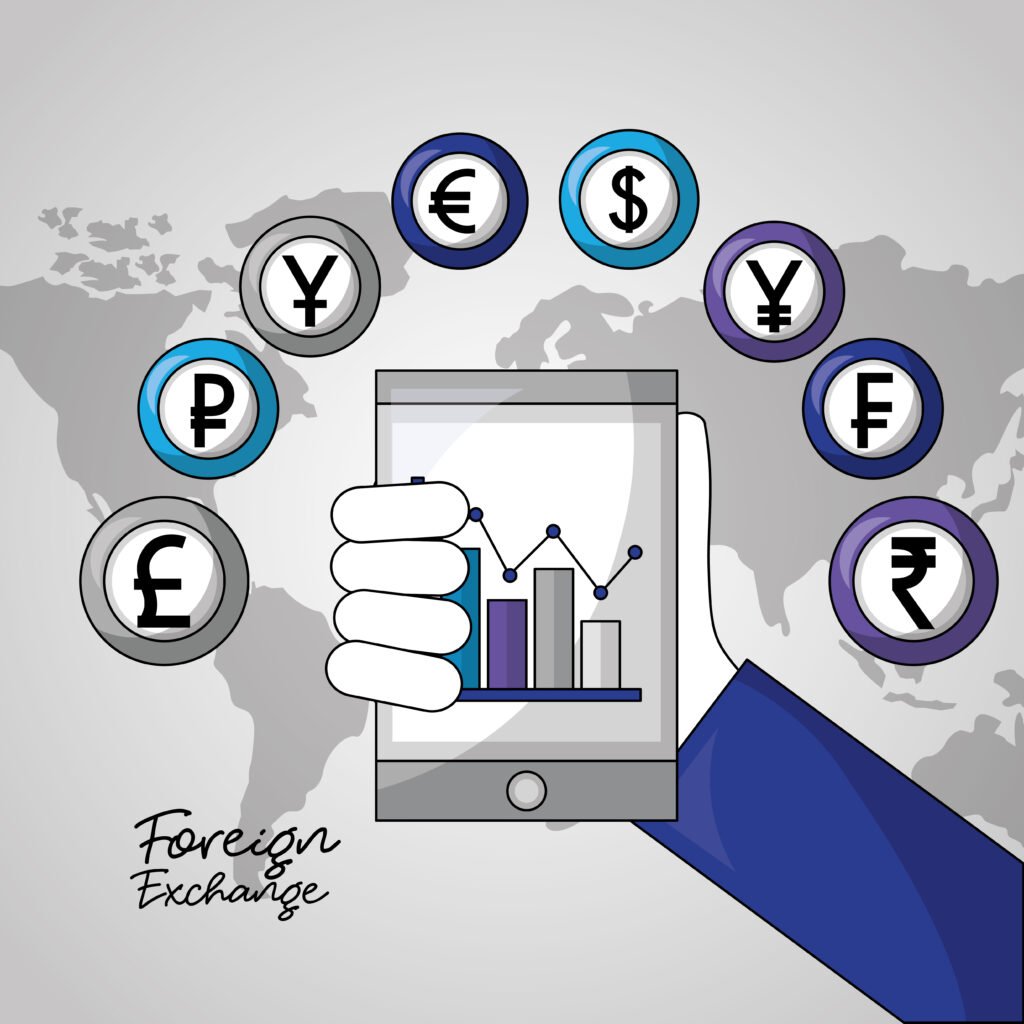


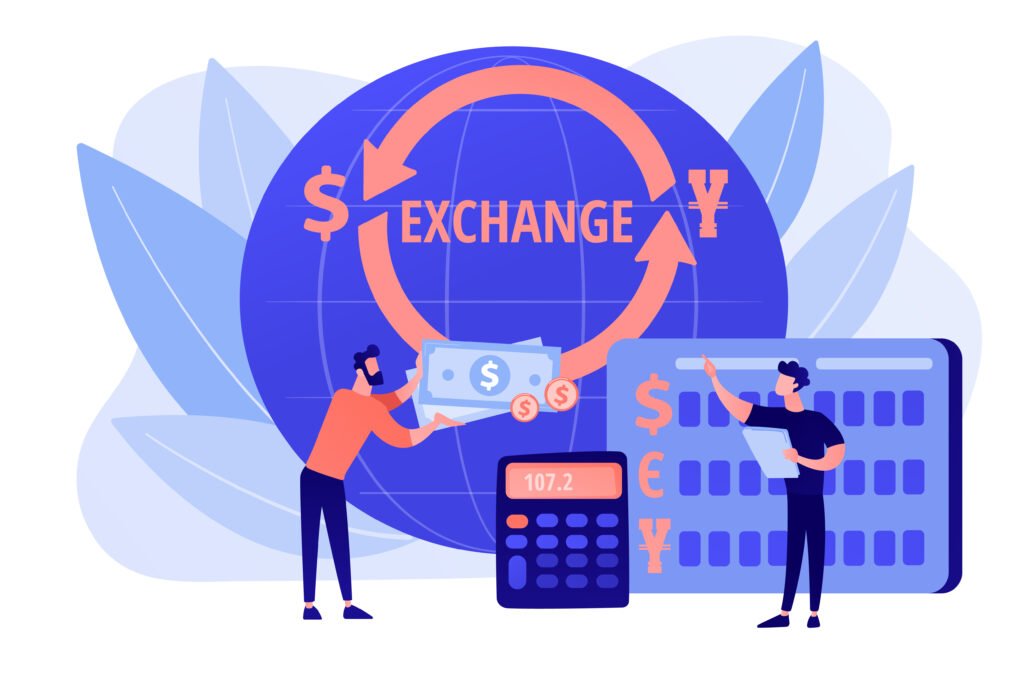



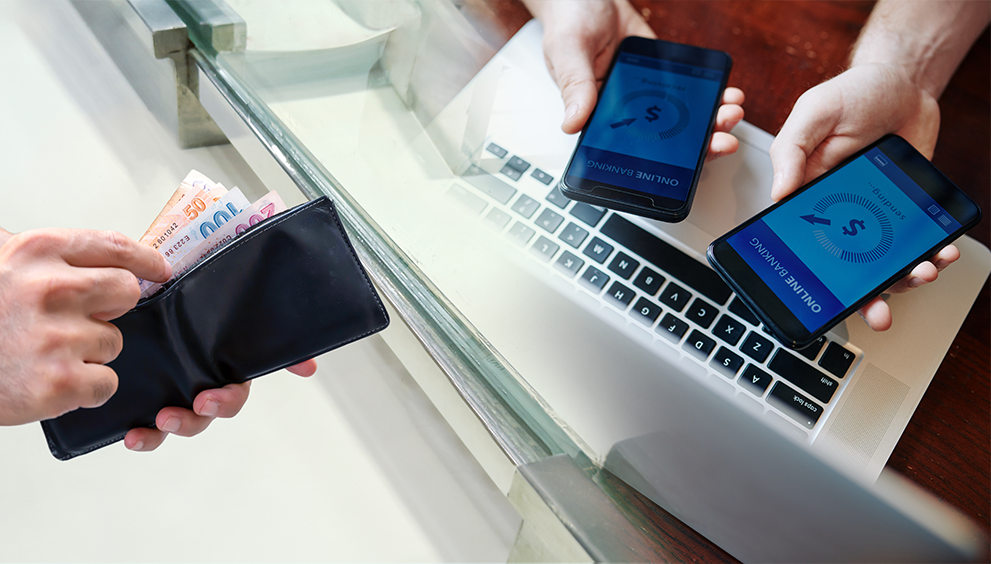
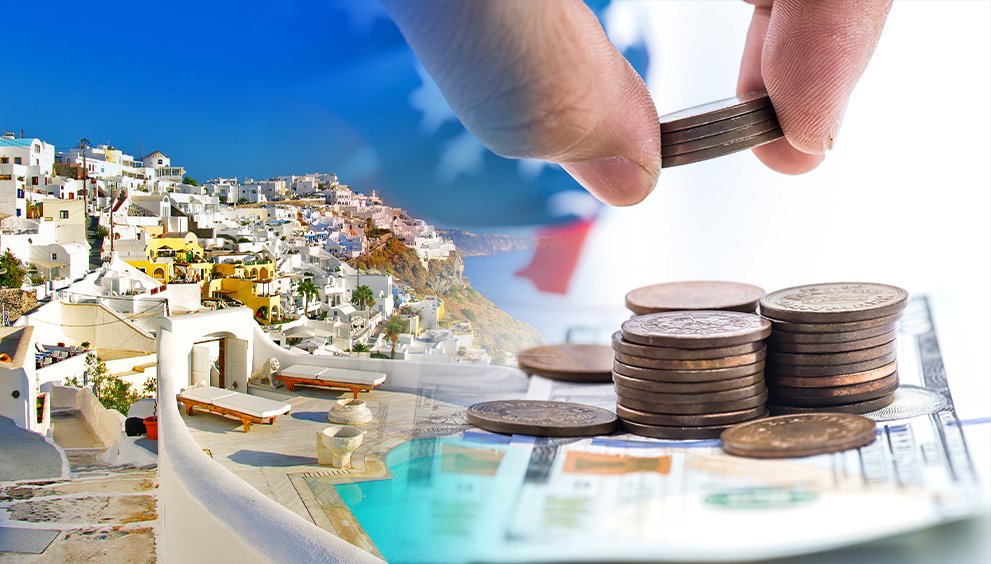


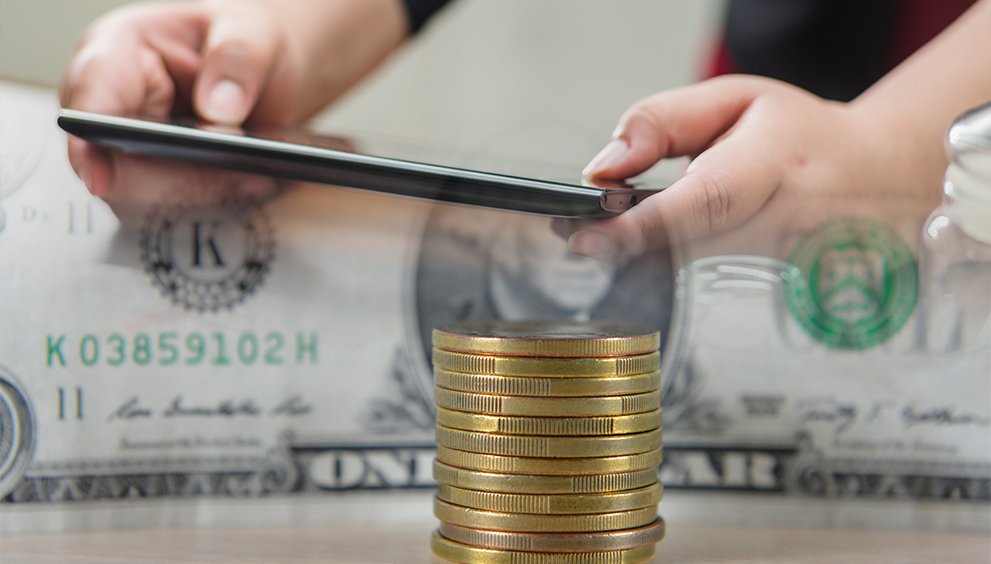

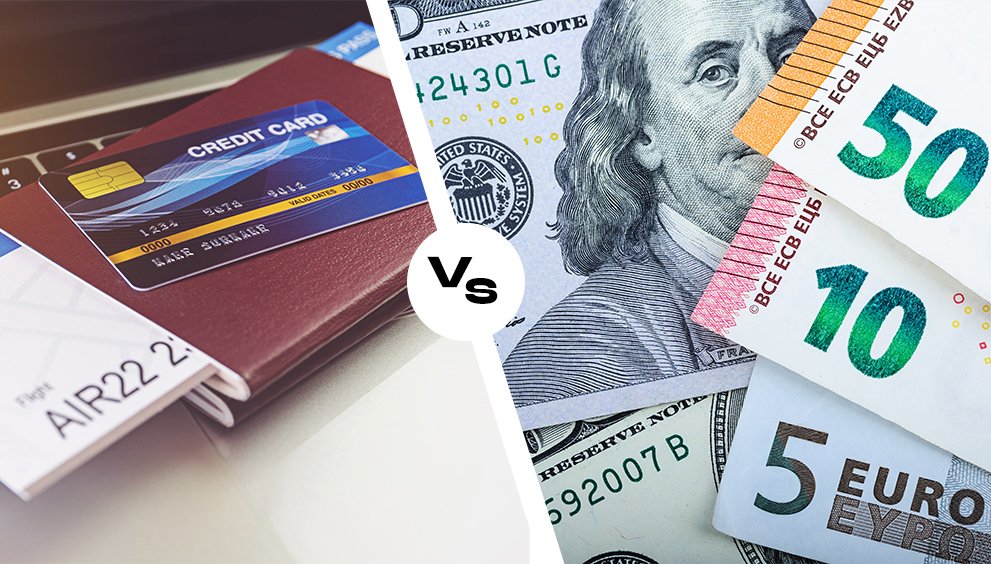

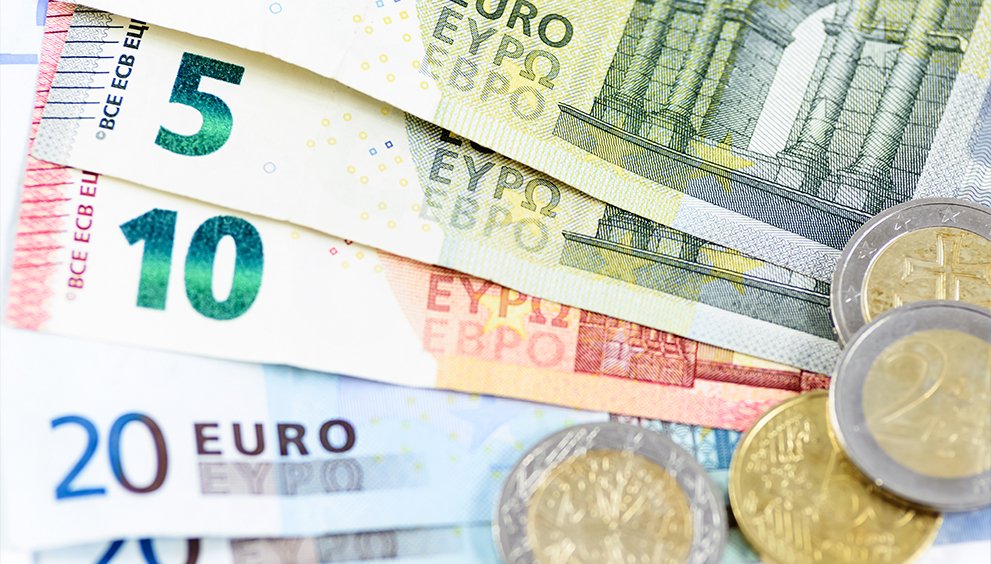



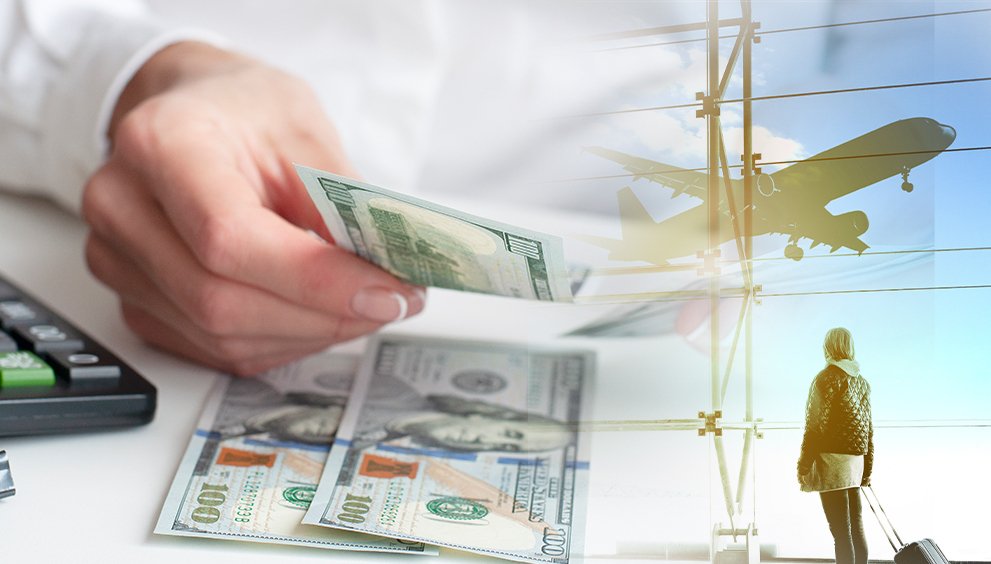







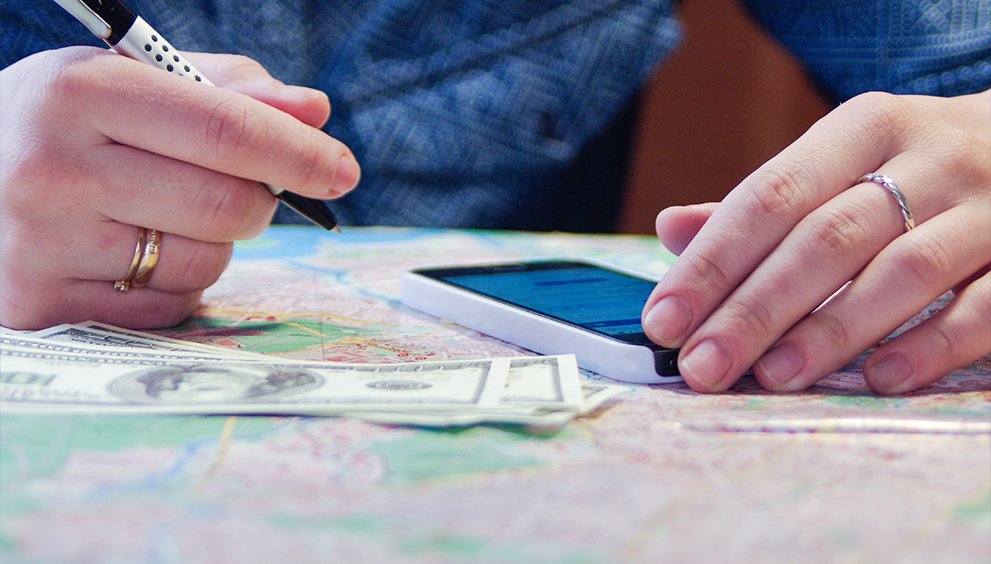
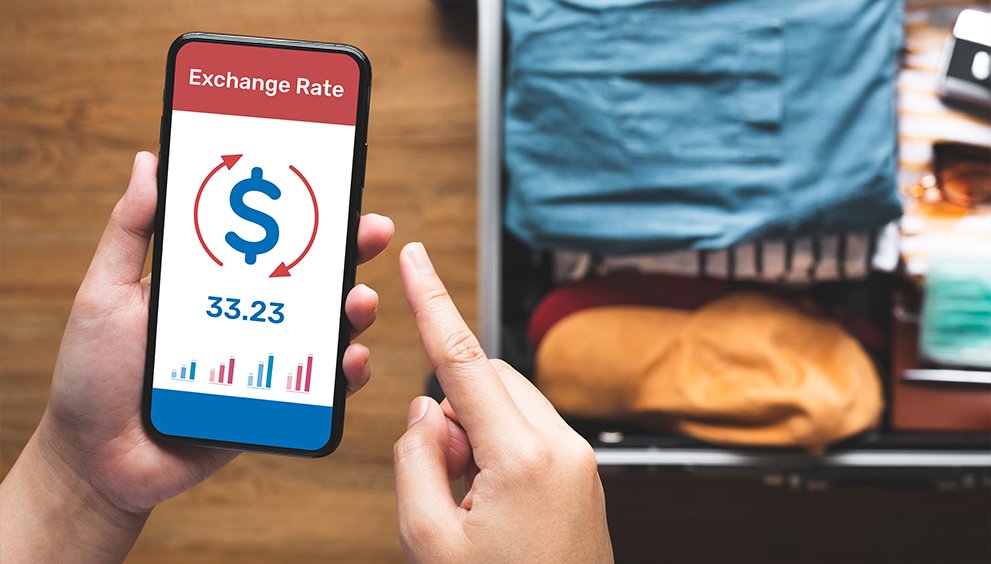
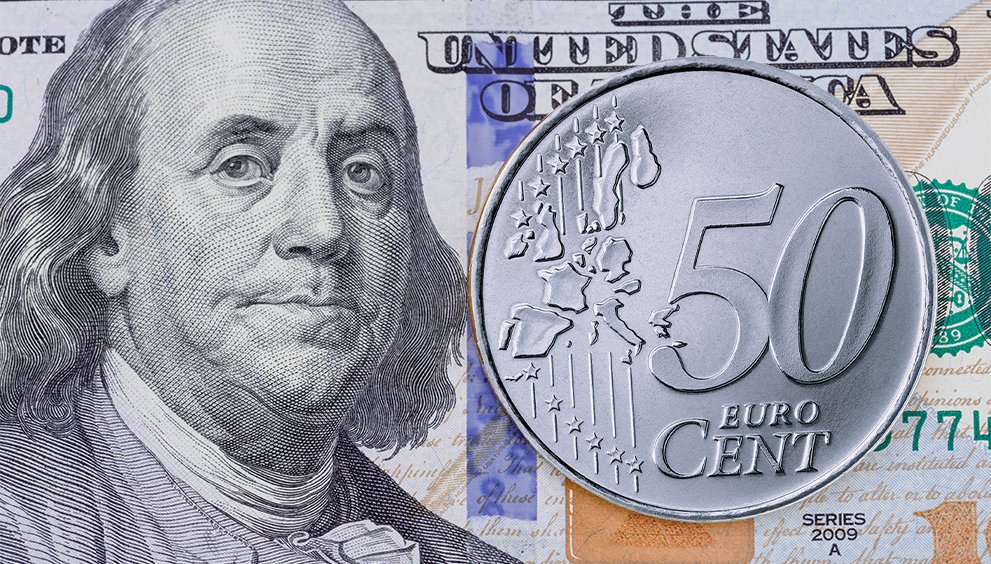

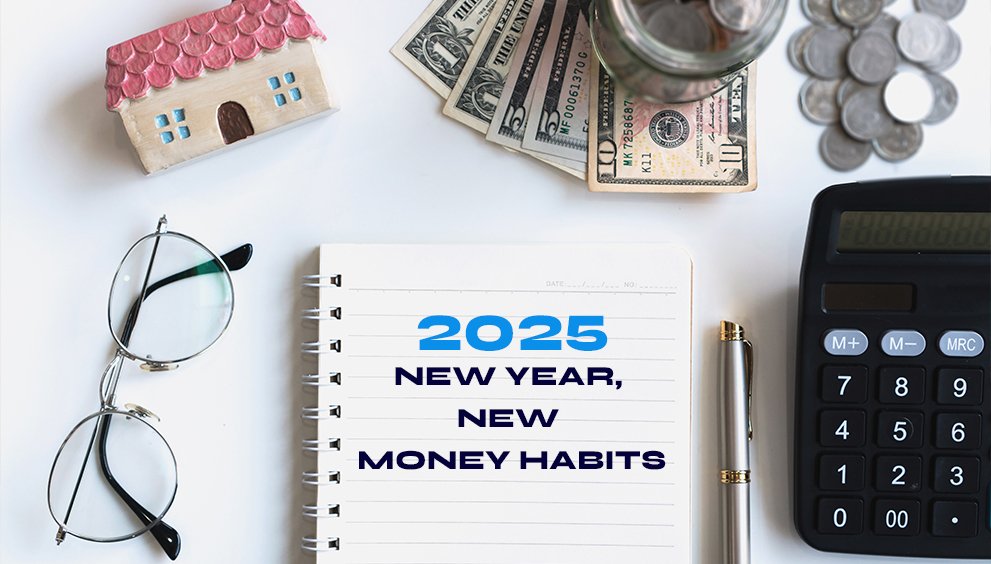


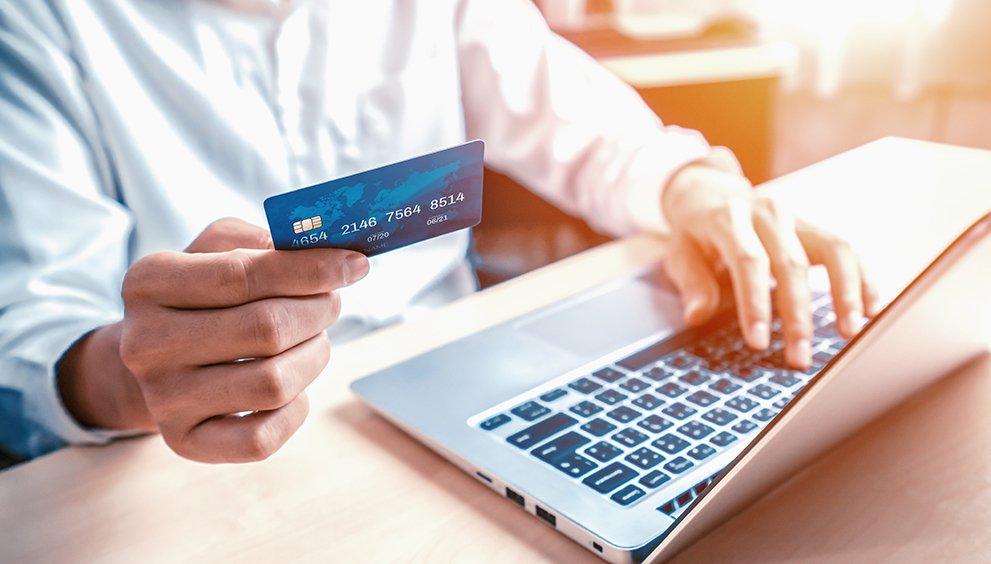
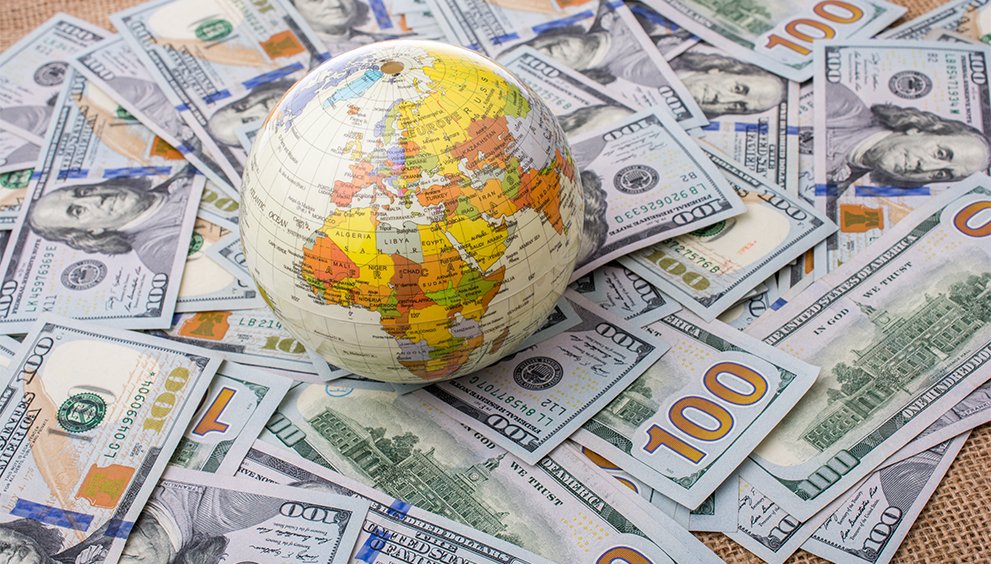

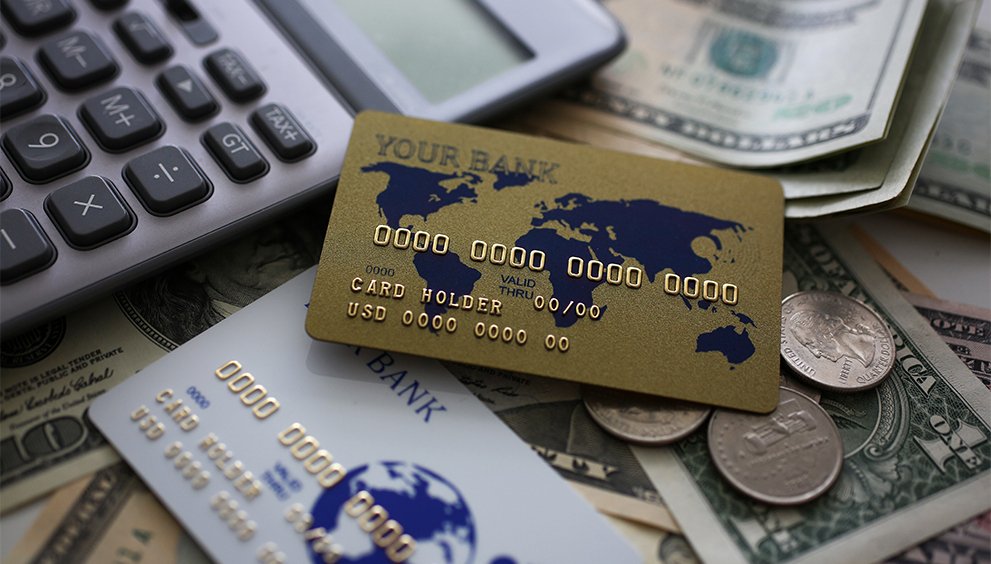


EUR/GBP Struggles Following Mixed German Data
11th Mar 2025[…] The Cheapest Way to Exchange Currency for International […]